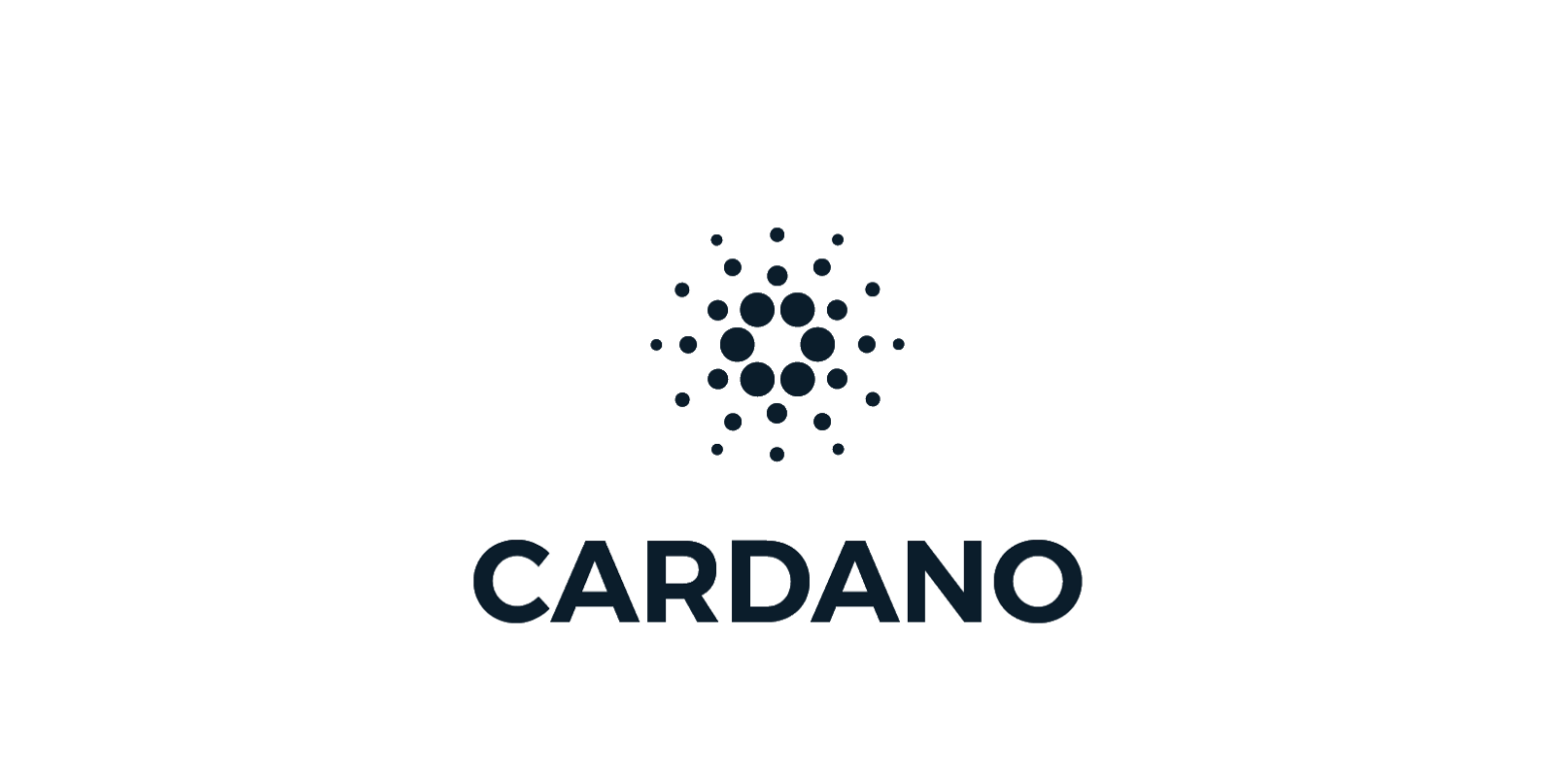Cardano (ADA): a Unique Cryptocurrency to Consider
Cardano's mission is to create a sustainable ecosystem while utilizing a blockchain technology that is both secure and fee-friendly. Because it adheres to these tenets, the ADA cryptocurrency is expected to keep its current level of popularity and will have no trouble competing with...

Cardano’s mission is to create a sustainable ecosystem while utilizing a blockchain technology that is both secure and fee-friendly. Because it adheres to these tenets, the ADA cryptocurrency is expected to keep its current level of popularity and will have no trouble competing with cryptocurrencies like Ethereum and Polkadot.
What’s Cardano (ADA)?
Cardano is a Proof-of-Stake-based, multi-level blockchain platform that was created in the Haskell programming language. Its primary purpose is to facilitate the development of decentralized apps that are underpinned by smart contracts.
Gerolamo Cardano (1501–1576) was a prominent Italian mathematician, physicist, biologist, chemist, astrologer, philosopher, writer, and gambler. The platform is named after him.
It is only appropriate that the mathematician Charles Hoskinson, who was responsible for creating Cardano, named a project after Cardano that aimed to create a flexible and interoperable variety of programmable money using scientific methods that were based on mathematical proofs and game theory. The project was given the name Cardano.
Augusta Ada King, Countess of Lovelace is honored by having the native cryptocurrency token for Cardano, ADA, named after her (1815-1852). Ada Lovelace was the daughter of the poet George Byron. She was a mathematician and the creator of the description of the first calculating machine. For that machine, she developed the first program ever written. Ada Lovelace was also a pioneer in the field of computer programming. She is widely recognized as the first computer programmer in the annals of human history.
Lovelace is the name given to the fractional component of the ADA cryptocurrency, which is denoted as 0.000001 ADA.
Is ADA a Token or a Coin?
On the Cardano platform, the cryptocurrency that is utilized is referred to as ADA coin. Within the Cardano ecosystem, activities such as voting and staking can be carried out using ADA coins.
In cryptocurrency wallets such as Exodus and Daedalus, ADA coin can be staked in order to earn rewards. Following that, it transforms into an ADA token, which may subsequently be put toward the mining of ADA. The user is rewarded with ADA whenever they stake the cryptocurrency.
Staking is a practice that is widely utilized by holders of alternative cryptocurrencies. Cardano intends to cover the Proof-of-Stake component of the blockchain (Proof-of-stake – proof of ownership). And because of this, a platform for the development of decentralized applications (also known as DApps or decentralized applications) that includes a multi-active registry and smart contracts that can be verified has recently come into existence.
At the same time, the Cardano Foundation has contributed more than a half a billion dollars worth of ADA to various charitable causes through the use of its cryptocurrency. It has been decided that a portion of the block rewards will be donated to charities and organizations that work to improve the welfare of animals and the natural world.
The Current Cardano State
On February 21, 2020, the Ouroboros Byzantine Fault-Tolerant (OBFT) hard fork occurred on the Cardano network. This hard fork was aimed to lay the groundwork for the introduction of the Shelley main network.
In March of 2020, IOHK made the announcement that it would be releasing Ouroboros Hydra, a layer 2 off-chain protocol with the intention of achieving even greater scaling. During the course of the last five years, efforts have been made to make progress on the protocol.
Charles Hoskinson made the announcement in April 2020 that there would be zero block mining on the testnet. This brought the cryptocurrency ecosystem one step closer to the Shelley update. The launch of the closed beta testing phase coincided with the dissemination of the genesis block.
The Shelley upgrade was launched on the Cardano mainnet on July 30, 2020 by the developers who worked on the project. After the hard fork, users gained the ability to both manage the pool on behalf of other Cardano holders and delegate their coins so that someone else can take up the responsibility. The wallet already contains an implementation of a functionality very similar to this one. IOHK, the business that is responsible for the development of the project, anticipates that within a reasonable amount of time, the number of staking pools will become quite close to one thousand.
